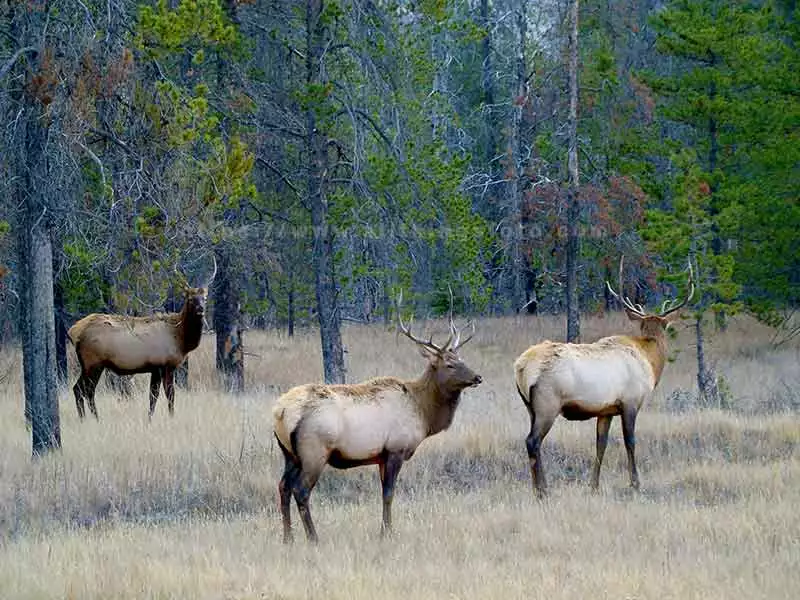- The Magic of Wildlife Photography
- Necessary Gear for the Wildlife Photographer
- Honing Your Craft-Wildlife Photography Tips
- The Ethical Dimension For Wildlife Photography
- Post Processing-Giving Life To Your Wildlife Shots
- Sharing and Showcasing Your Work
- Tips for Aspiring Wildlife Photographers
- Concluding Wildlife Photography Tips-Unveiling Nature's Stunning Secrets!
- Frequently Asked Questions
Wildlife photography tips is written to provide you with techniques to increase your skill level. To excel at wildlife photography you’ll need to understand patience, precision and passion. Once you understand these techniques you should be able to improve your skills and capture stunning images.
If there is one thing I’ve learned over the years it’s that vary rarely do outstanding wildlife shots fall into your lap. Becoming a great wildlife photographer takes practice. Try out my tips below and witness firsthand what I’m hinting at for your next venture into the wild landscapes.
The Magic of Wildlife Photography
In every wildlife shot, there’s a frozen moment, unveiling the heart of the wild. It’s not merely capturing an image, but narrating a story of life’s dance in the wilderness. Every shot taken is a testament to nature’s wonder, be it a predator’s focused gaze or the graceful flight of a bird.
Understanding the essence of wildlife photography goes beyond the mere act of taking good images. It’s all about immersing in the wild’s storyline, tuning into the habits and tempos of its creatures.
In this type of nature photography, it’s all about feeling, watching closely and truly honoring the wild. Wildlife photographers create a narrative which shows the beautiful and the ugly.
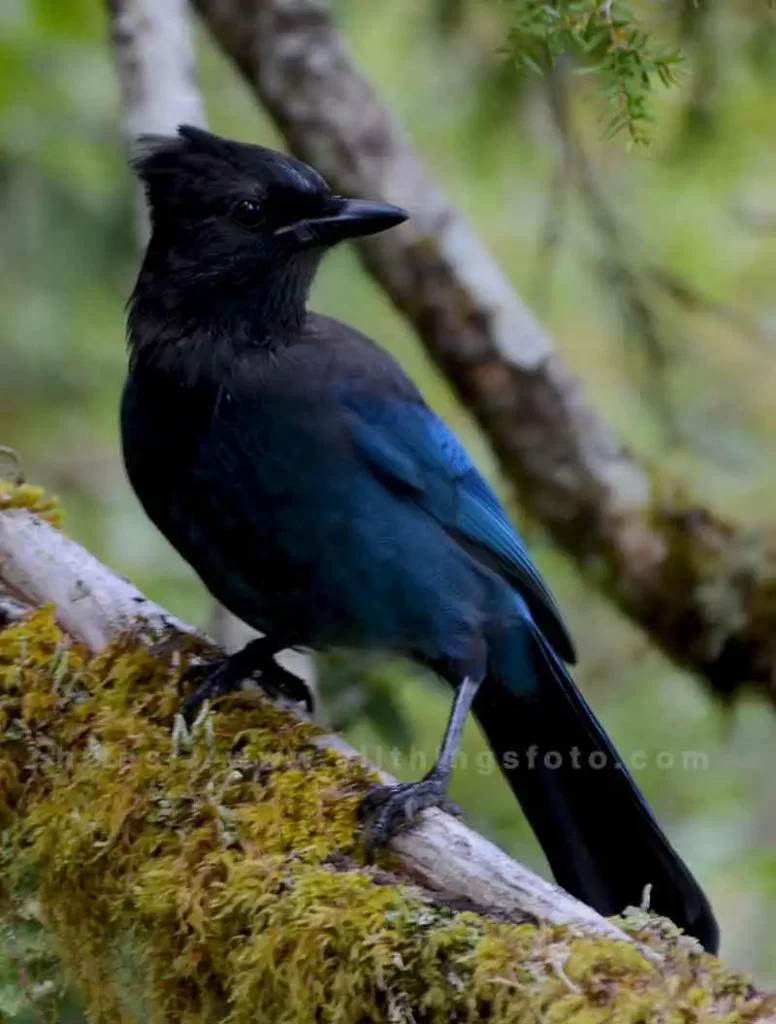
Necessary Gear for the Wildlife Photographer
In the world of wildlife photography, your gear can make or break your shot.
A robust DSLR or mirrorless camera offers flexibility in capturing swift movements with the right shutter speed.
Telephoto lenses bring distant subjects closer, while macro lenses highlight small details.
A wide angle lens includes the natural habitat your subject lives in.
Using a lens hood helps block excessive light which creates lens flare.
In those wild, uneven landscapes, a solid tripod is your best bet for steady photos.
Weatherproof bags protect equipment from the elements. Lens covers protect your lens from scratches and the elements.
Binoculars find hidden subjects and blinds or camo covers ensure photographers stay hidden.
In essence, the right gear melds with nature, ensuring every photo is impeccable.
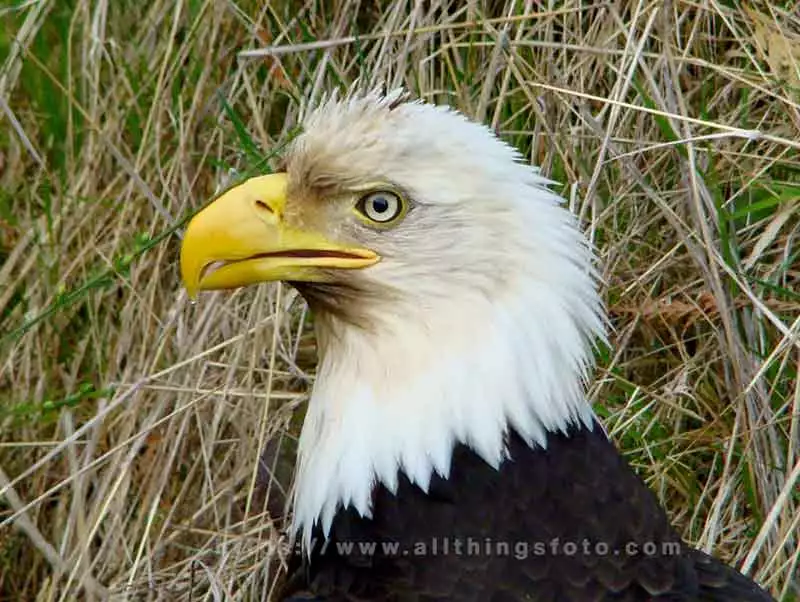
Camera Body Types For Wildlife Photography
Choosing the right camera body should not be overlooked.
DSLRs dominate with their robustness and extensive battery life, ideal for long hours in nature. With optical viewfinders, you get live framing—key for snapping quick moments.
DSLRs, like Canon’s EOS-1D X Mark III and Nikon’s D6, remain popular for their speed, durability, and extensive lens options.
Mirrorless cameras are gaining favor due to their compactness, reduced weight, and electronic viewfinders which offer a digital preview. This aids in making on-the-fly exposure adjustments.
Mirrorless cameras, such as Sony’s A9 II or the Canon EOS R5, are gaining traction for their lightweight design, rapid autofocus and silent shooting capabilities.
Medium format cameras, like the Fujifilm GFX 100, offer superior image resolution which is ideal for portraits.
Micro four-thirds systems offer portability without compromising on image quality, beneficial for treks in challenging terrains.
Micro four-thirds cameras from brands like Olympus, with their compact size and impressive zoom lens, can be a photographer’s stealthy companion.
The body type influences shot quality, response time, and the overall experience, making it foundational in achieving the desired outcome in capturing wildlife.
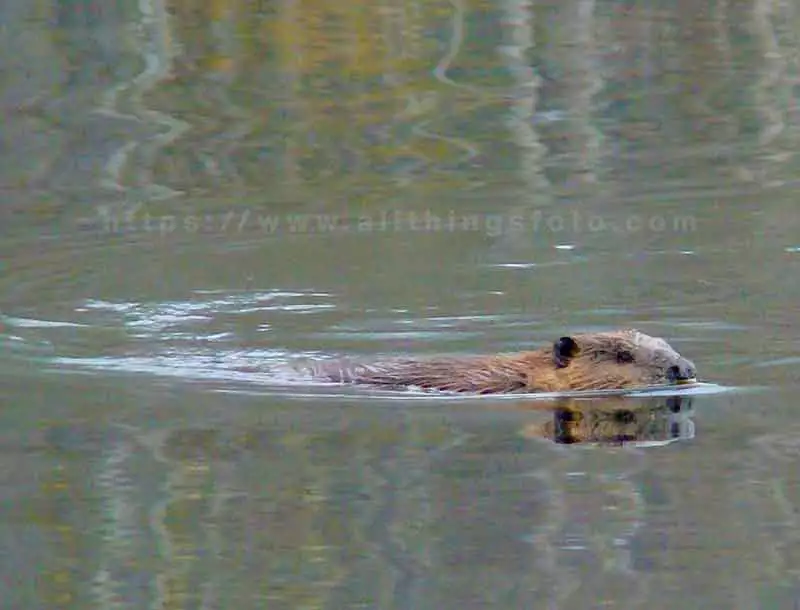
Essential Lenses For Wildlife Photography
A great lens is a photographer’s best friend. Lenses shape your subject’s story.
Telephoto lenses (300mm-600mm) let photographers snap distant wildlife up close, without intruding. A professional wildlife photographer will use this lens more often than not to capture a subject from a distance.
Zoom lenses, like the 100-400mm variants, offer flexibility in composition, making it easier to adapt to moving subjects.
Prime lenses, with their sharpness, excel in portrait like shots of animals, rendering exquisite detail.
Macro lenses bring a subject in the small world up and close for all to see. This world is perhaps the most fascinating genre of photography.
Wide angle lenses, though less common, can showcase animals within their vast habitats, creating context.
Choose the right lens, and transform a fleeting moment into a work of art. Below I’ve listed some of the more popular lens choices for wildlife photography:
Brand Name Wildlife Photography Lenses
Canon
Renowned for sharpness and speedy autofocus, L-series lenses offer weather-sealing and robust construction.
Lenses like:
1. Canon EF 70-200mm f/2.8L IS III USM.
2. Canon EF 100-400mm f/4.5-5.6L IS II USM.
3. Canon EF 300mm f/2.8L IS II USM.
4. Canon EF 400mm f/2.8L IS III USM.
5. Canon EF 500mm f/4L IS II USM.
6. Canon EF 600mm f/4L IS III USM.
Fuji
Steadily making waves in the photography community with innovative technology and distinct color science.
Lenses like:
1. Fujinon XF50-140mmF2.8 R LM OIS WR.
2. Fujinon XF100-400mmF4.5-5.6 R LM OIS WR.
3. Fujinon XF200mmF2 R LM OIS WR.
Olympus
Its Micro Four Thirds system, offers compactness and versatility wildlife photographers appreciate when traveling or trekking to remote locations.
Lenses like:
1. Olympus M.Zuiko Digital ED 40-150mm f/2.8 PRO.
2. Olympus M.Zuiko Digital ED 75-300mm f/4.8-6.7 II.
3. Olympus M.Zuiko Digital ED 100-400mm f/5.0-6.3 IS.
4. Olympus M.Zuiko Digital ED 150-400mm f/4.5 TC1.25x IS PRO.
5. Olympus M.Zuiko Digital ED 300mm f/4 IS PRO.
Nikon
History of producing top-notch lenses widely embraced by wildlife photographers.
Lenses like:
1. Nikon AF-S NIKKOR 70-200mm f/2.8E FL ED VR.
2. Nikon AF-S NIKKOR 80-400mm f/4.5-5.6G ED VR.
3. Nikon AF-S NIKKOR 180-400mm f/4E TC1.4 FL ED VR.
4. Nikon AF-S NIKKOR 200-500mm f/5.6E ED VR.
5. Nikon AF-S NIKKOR 300mm f/2.8G ED VR II.
6. Nikon AF-S NIKKOR 400mm f/2.8E FL ED VR.
7. Nikon AF-S NIKKOR 500mm f/4E FL ED VR.
8. Nikon AF-S NIKKOR 600mm f/4E FL ED VR.
Sony
With mirrorless technology, introduced a favorite series of lenses among wildlife photographers.
Lenses like:
1. Sony FE 70-200mm f/2.8 GM OSS.
2. Sony FE 100-400mm f/4.5-5.6 GM OSS.
3. Sony FE 200-600mm f/5.6-6.3 G OSS.
4. Sony FE 400mm f/2.8 GM OSS.
5. Sony FE 600mm f/4 GM OSS.
Third Party Lens Manufacturers
Sigma – known for producing high quality lenses compatible with multiple camera systems, offers lenses favored by many wildlife photographers.
Lenses like:
1. Sigma 60-600mm f/4.5-6.3 DG OS HSM.
2. Sigma 100-400mm f/5-6.3 DG OS HSM.
3. Sigma 120-300mm f/2.8 DG OS HSM.
4. Sigma 150-600mm f/5-6.3 DG OS HSM.
5. Sigma 500mm f/4 DG OS HSM.
Tamron – a revered third-party lens manufacturer, offers a range of budget-friendly, high-performing lenses.
Lenses like:
1. Tamron 18-400mm f/3.5-6.3 Di II VC HLD.
2. Tamron SP 70-200mm f/2.8 Di VC USD G2.
3. Tamron 70-300mm f/4-5.6 Di VC USD.
4. Tamron 100-400mm f/4.5-6.3 Di VC USD.
5. Tamron SP 150-600mm f/5-6.3 Di VC USD G2.
Tokina – while having a smaller range compared to some other third-party lens manufacturers, has crafted some well-regarded lenses that can be suitable for wildlife photography.
Lenses like:
1. Tokina AT-X 70-200mm f/4 PRO FX VCM-S.
2. Tokina AT-X 100-400mm f/4.5-6.3 VC.
3. Tokina AT-X 150-500mm f/5.6.
4. Tokina AT-X 300mm f/4 AF PRO.
5. Tokina AT-X 400mm f/5.6 AF.
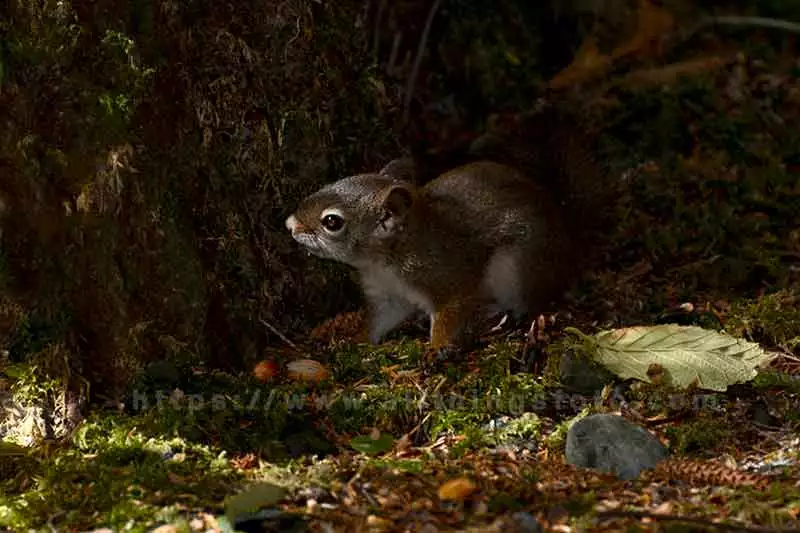
Honing Your Craft-Wildlife Photography Tips
Wildlife photography blends the rhythm of waiting with gut-feelings. Honing your craft means understanding animal behavior to anticipate moments, mastering your gear for sharp shots and embracing the golden hours for optimal light. Prioritize safety—for both you and the wildlife.
Use a long lens to capture intimate details from a distance and always be patient, nature operates on its own schedule. Pay attention to exposure, aperture, the shutter’s speed and focus.
Remember, every expedition, whether fruitful or not, is a step closer to that perfect shot.
Research and Knowledge of the Wildlife Subject
How many of you have tried capturing images of a hummingbird in flight? It’s not as easy as it looks is it? Understanding its habits and patterns is required to get the perfect shot. By learning about your subject you are able to predict movements, ensuring captivating shots. Never stop learning about wildlife, your images will thank you.
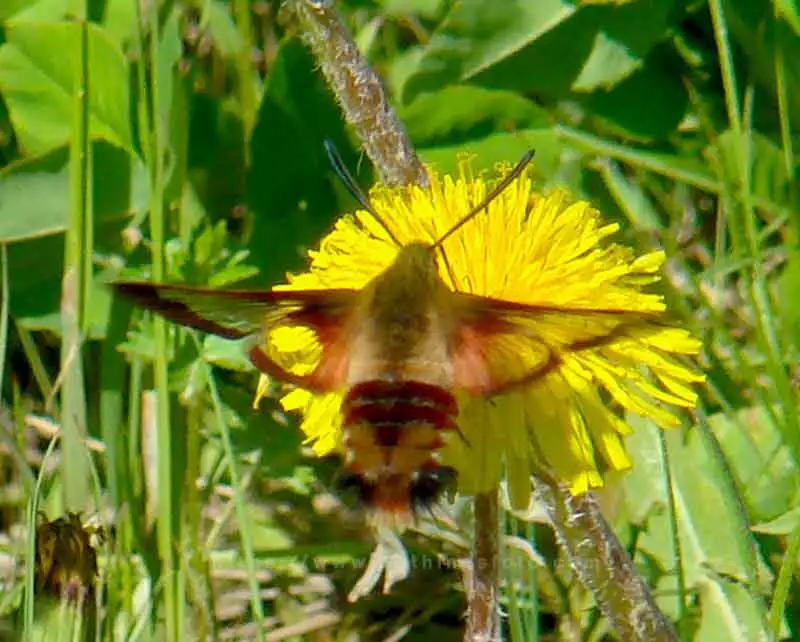
The Importance of Patience When Shooting Wildlife Photography
Imagine waiting hours for the perfect shot of a lynx prowling in the snow. Think about the stamina required to weather the cold or discomfort from sitting in one spot too long.
Patience is eased by using a blind or camouflaged tarp. But adverse weather conditions require warm clothing or external heat sources for comfort.
It’s not about the number of shots taken, it’s about the moments captured. In the wild, snapping the perfect shot is all about waiting it out.
Nature doesn’t work on a schedule, and magical moments are often preceded by hours of waiting. Rushing can disturb the wildlife or result in missed opportunities.
With patience, you tune into nature’s beat, capturing shots filled with real wonder.
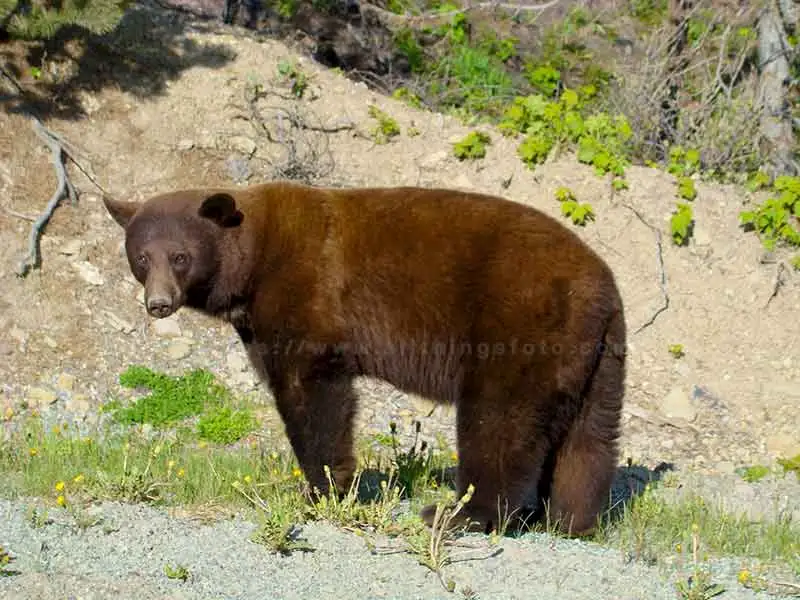
Finding The Right Light For Nature’s Stunning Secrets!
Lighting does more than illuminate a scene, it stirs feelings and highlights nature’s nuances. The soft glow during golden hours—dawn and dusk—illuminates subjects with a warm hue, adding depth and character.
Harsh midday light can be challenging but, used creatively, can highlight unique patterns and textures. Understanding shadows, experimenting with backlit scenes, and utilizing natural diffusers like clouds or foliage can unravel nature’s secrets in the most captivating way. Sometimes low light provides the right setting for capturing a shy subject. Mastering light is decoding nature’s own storytelling language.
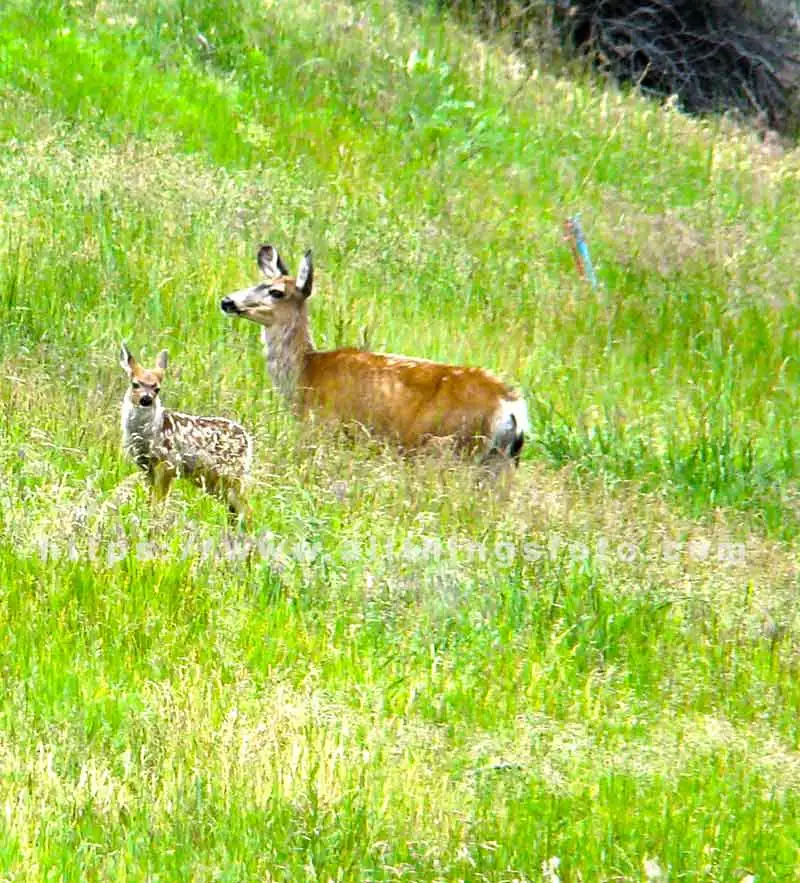
The Ethical Dimension For Wildlife Photography
Ethics in wildlife photography transcend the act of shooting images—it’s about preserving the sanctity of nature and the creatures within. Ethical photographers prioritize the well-being and habitat of their subjects above all.
This means maintaining a respectful distance when photographing them, not using bait to lure animals and avoiding disturbances to their natural behavior or environment. Flash photography, for instance, can be harmful and startling to many animals. It’s essential to remember that nature’s welfare is paramount, the shot is secondary.
Respecting nature means being a considerate observer, not being intrusive. Always maintain a safe distance.
Try to use long lenses to capture intimate moments without encroaching.
Refrain from feeding or luring creatures for a ‘better shot.’
Tread lightly, minimizing ecological impact by sticking to trails and packing out waste. A few inches here or there makes all the difference.
Always remember: you’re a guest in their home.
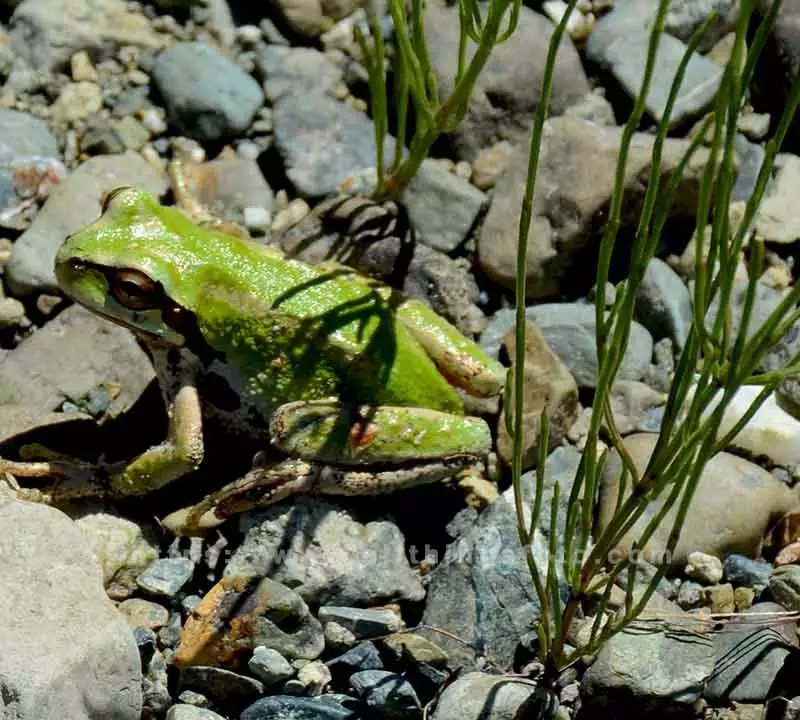
The Leave No Trace Principle As It Pertains To Wildlife Photography
Leave No Trace in photography means shooting nature’s beauty without leaving a mark.
This means sticking to trails, avoiding sensitive habitats, and refraining from manipulating wildlife or their surroundings for a shot.
Litter and equipment should never be left behind. It’s not just about the shot, it’s about leaving nature untouched for those after us.
Whether it’s a candy wrapper or footprints, leave nature as pristine as you found it.
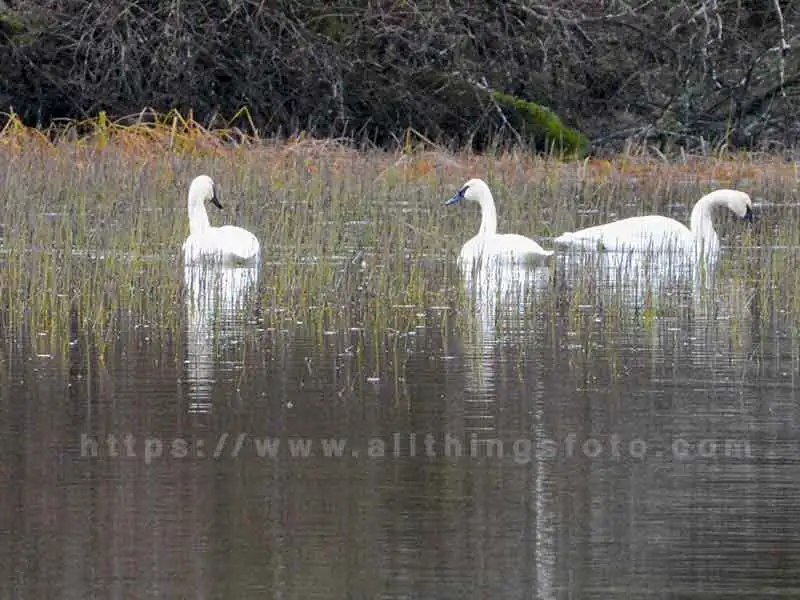
Post Processing-Giving Life To Your Wildlife Shots
Post processing can turn your wildlife shots from great to breathtaking.
Begin by shooting in RAW format for greater editing flexibility.
Adjusting exposure, contrast, and shadows can enhance details that might be overlooked in the original shot.
Sharpness and clarity tools can highlight an animal’s texture and features.
Color correction ensures that the hues of nature are faithfully represented, while cropping can help focus on the subject in the photograph.
However, remember to maintain authenticity, avoid over editing which can detract from the image’s natural beauty. Work with nature’s brilliance, not against it.
Here are some post processing techniques to improve your wildlife photos:
Noise Reduction: Wildlife photos, especially those taken during dawn or dusk, might have noise. Use noise reduction tools sparingly to maintain image clarity.
Vignetting: Subtly darken the edges of your photo to draw the viewer’s eye towards the subject, making it stand out.
Graduated and Radial Filters: These filters can selectively adjust portions of your image, like darkening skies or brightening a subject.
Dodge and Burn: Lighten or darken specific areas of an image to give it depth and dimension.
Spot Removal: Useful for eliminating sensor dust or other minor distractions from the frame.
Tonal Curves: Adjust the tonal range of your image, emphasizing shadows, midtones, or highlights.
Saturation and Vibrance: While it’s tempting to amplify colors, use these sparingly to keep the image looking natural.
White Balance: Adjust to ensure that colors are represented accurately, especially in tricky lighting.
Profile Corrections: Compensate for lens distortions, chromatic aberrations, or vignetting.
Local Adjustments: Use brushes or masks to refine specific areas without affecting the entire image.
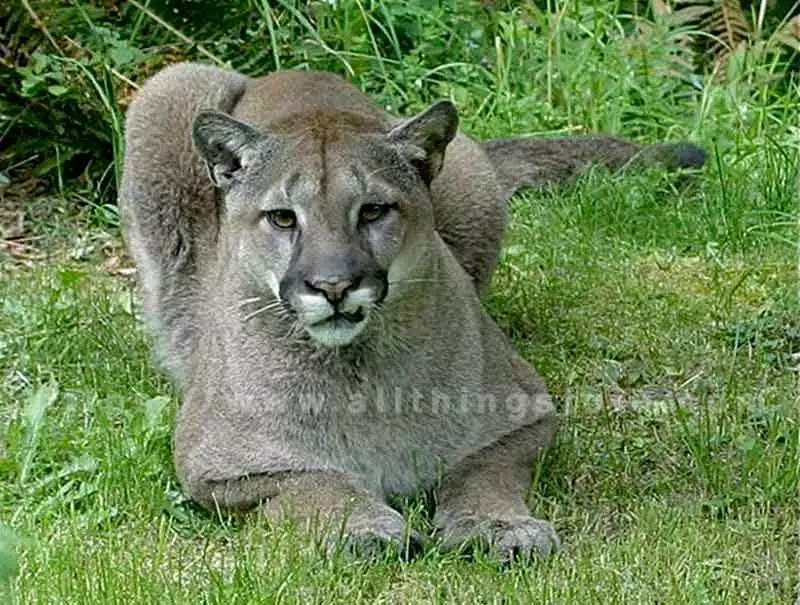
Sharing and Showcasing Your Work
Showcasing wildlife photos bridges you to a broader audience and their thoughts. Use Instagram, 500px, or Facebook for instant exposure in the digital era. Share in-depth photo journeys and tales through your own website or blog.
Traditional physical exhibitions allow hands-on engagement with your photos. Joining wildlife photography forums or groups can lead to constructive feedback and collaborations.
Regardless of the medium, sharing responsibly, by avoiding revealing sensitive animal habitats or behaviors, ensures the continued respect and protection of wildlife.
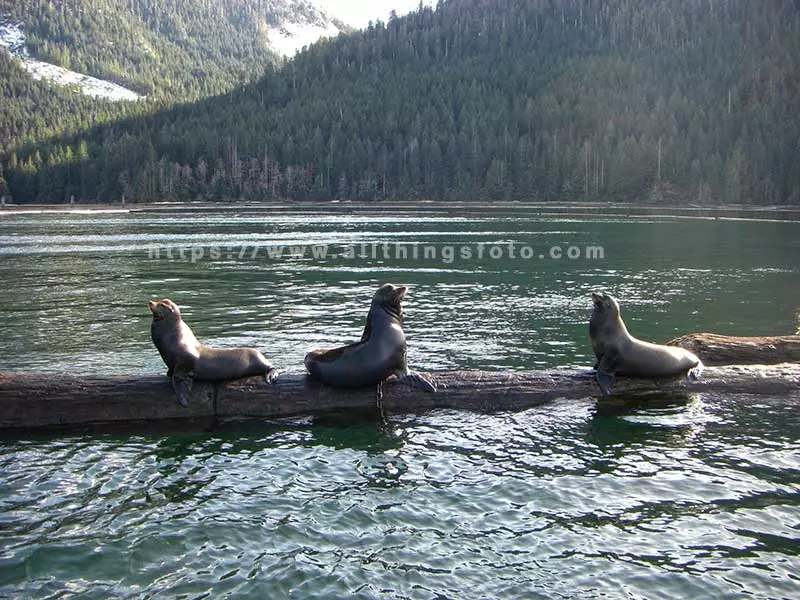
Tips for Aspiring Wildlife Photographers
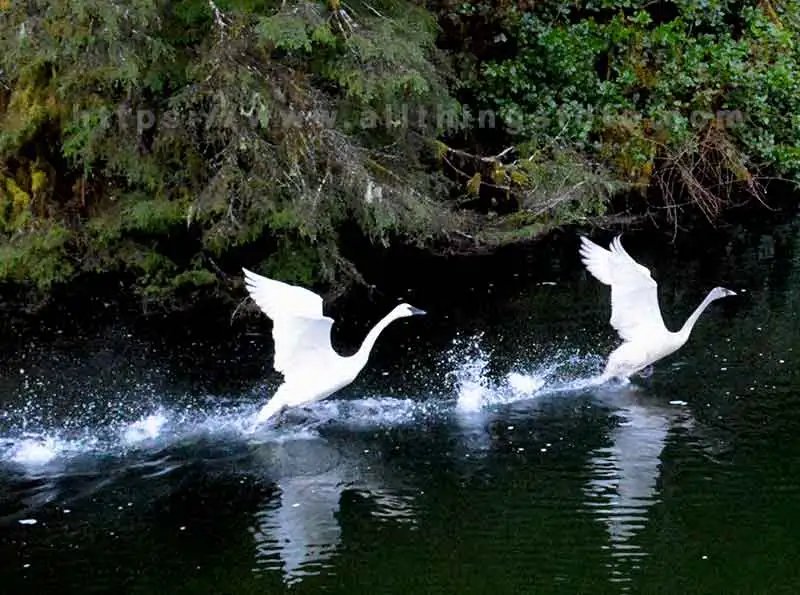
Concluding Wildlife Photography Tips-Unveiling Nature’s Stunning Secrets!
Through wildlife shots, nature’s hidden gems come alive. Aspiring photographers are encouraged to start locally, honing skills in familiar terrains before venturing into the wild unknown. Most landscapes you come across have some form of wildlife within them so pay attention to the life around you and shoot accordingly.
Understand wildlife better with thorough research for genuine shots. Mastery of equipment, especially a quality telephoto lens, is crucial, but so is patience, as nature unfolds at its own pace.
Dawn and dusk’s golden hours amplify riveting photo stories. Use framing, f/8 and be there, leading lines, rule of odds and the rule of thirds to create your composition.
Ethics can’t be emphasized enough: always prioritize the well-being of the subjects and their habitats. Enhance your shots with post-processing, but stay true to nature.
Learn about the different genres in wildlife photography. Bird photography always has willing subjects if you know where to look. Local knowledge helps you here. Your shutter’s speed is important when capturing birds in flight. A faster shutter is required to freeze wing movement whereas a slower shutter creates motion blur.
Willing subjects abound in macro photography also. Insects number in the millions on planet earth.
Dive into a community by sharing, and cherish the insights received. Always remember to be discrete when discussing fragile areas. Every click and exploration is steered by true passion.
By heeding these insights, one becomes a storyteller of the wild. I believe if you follow my wildlife photography tips and techniques you should improve your wildlife photo skills. And guess what? Before you know it, you’re a great wildlife photographer!
